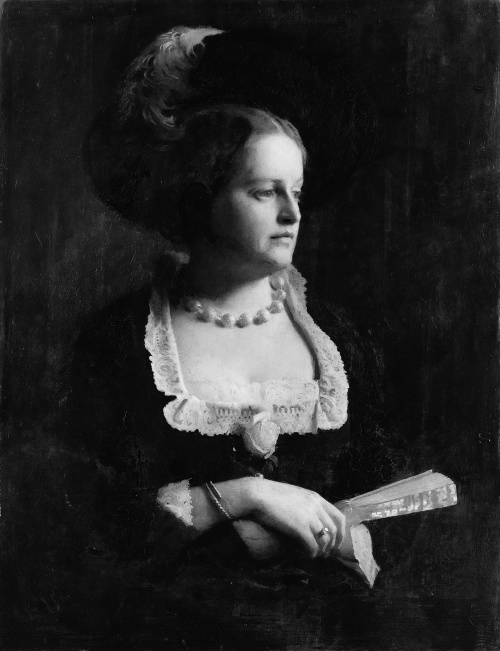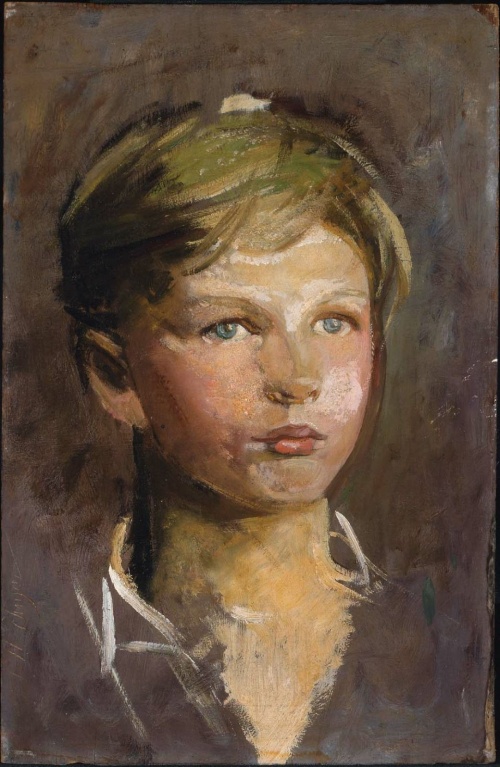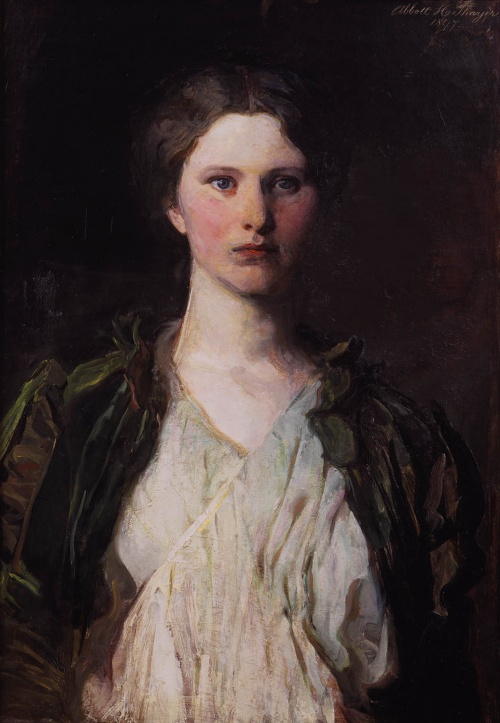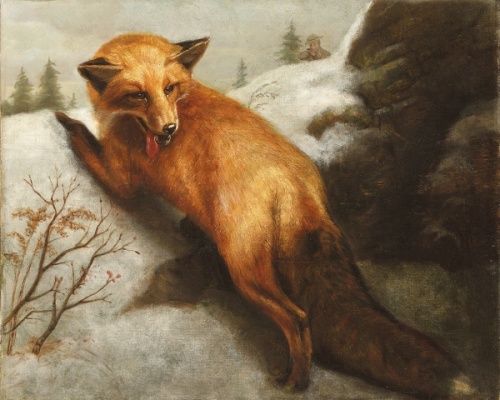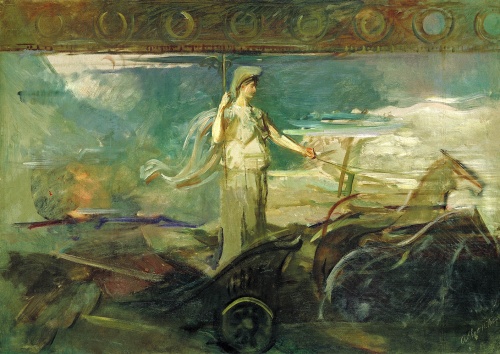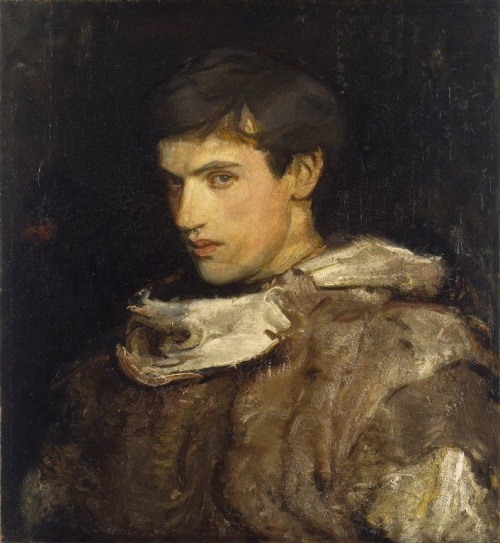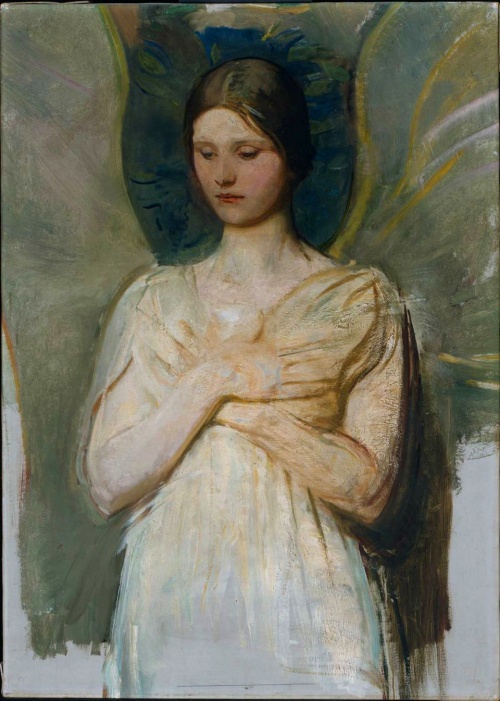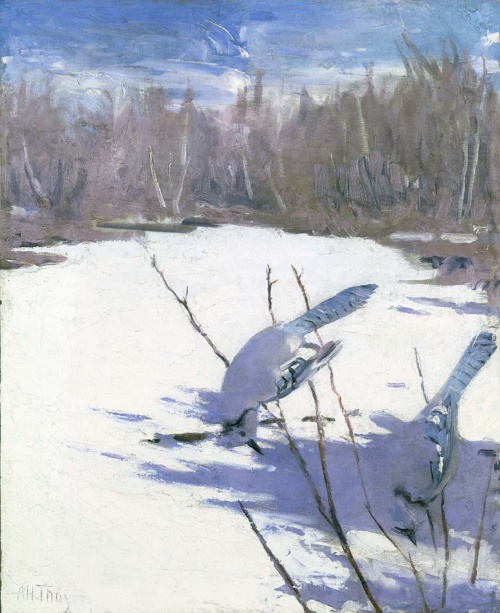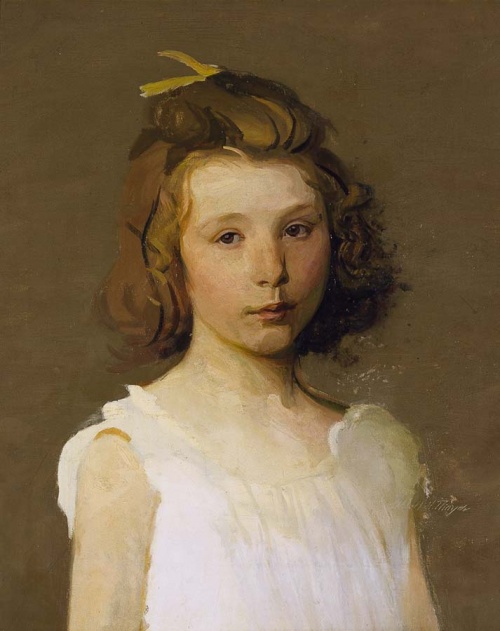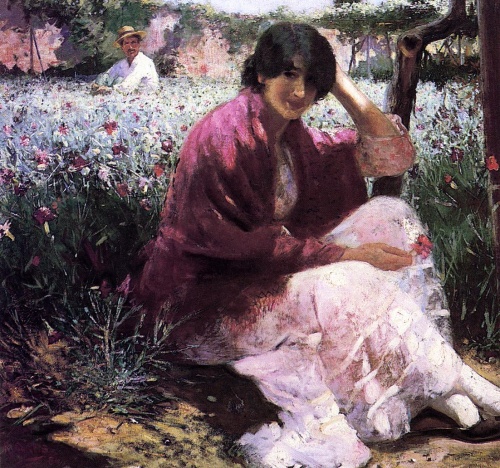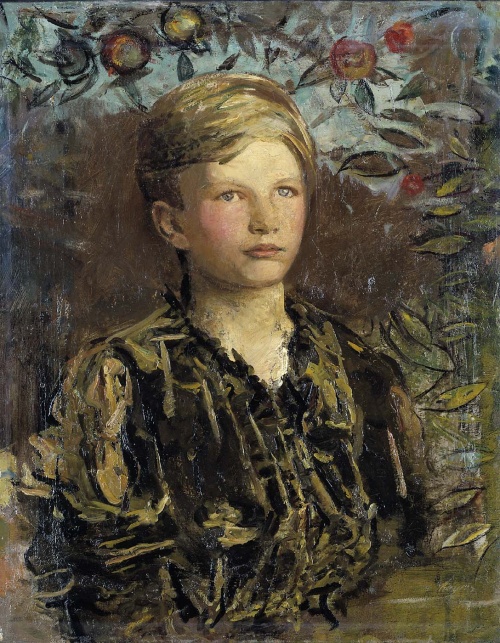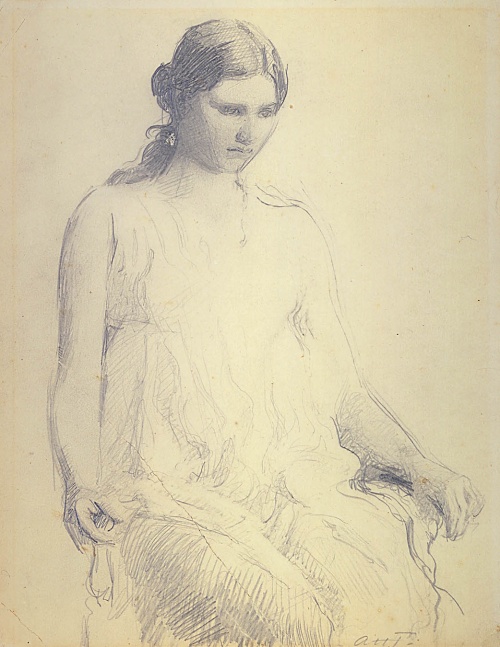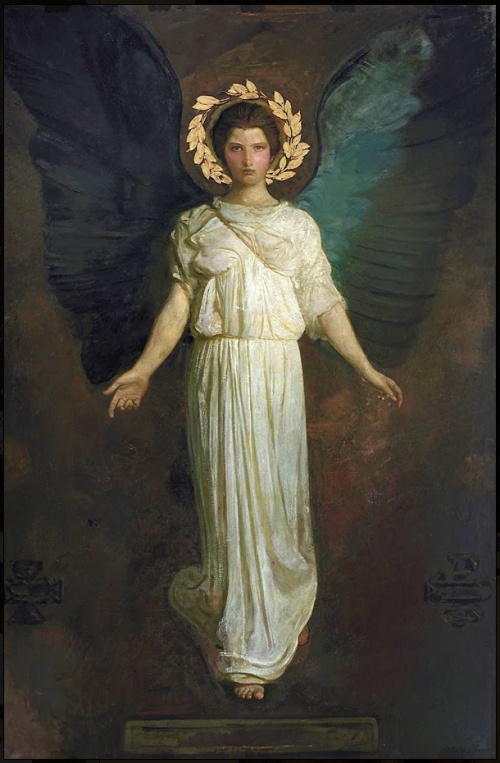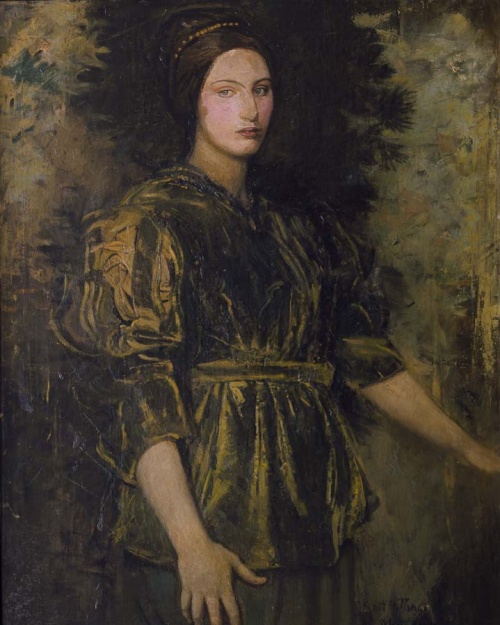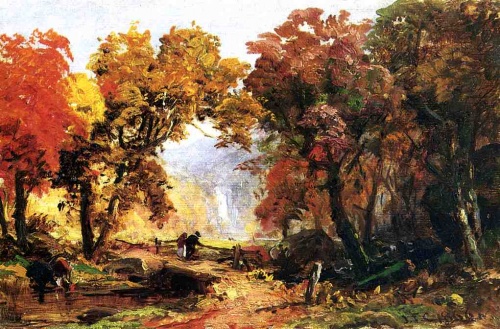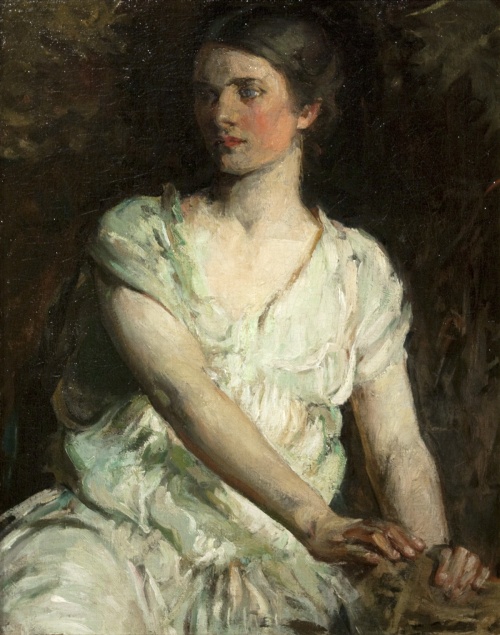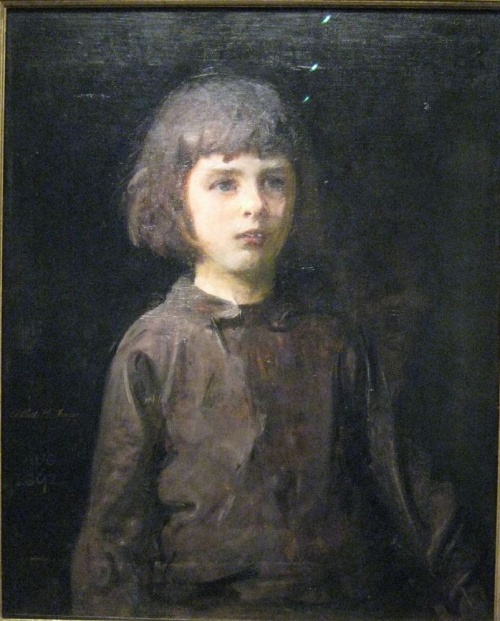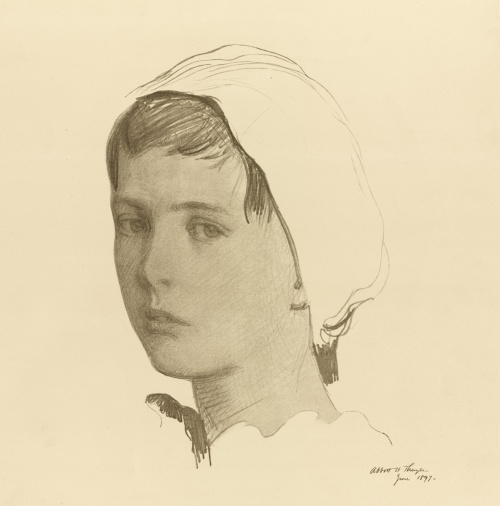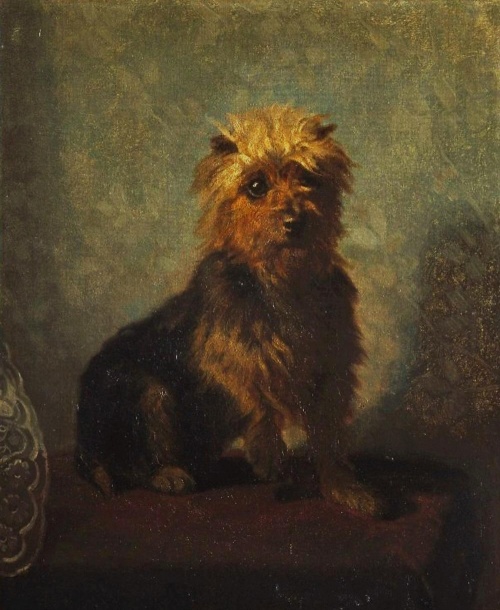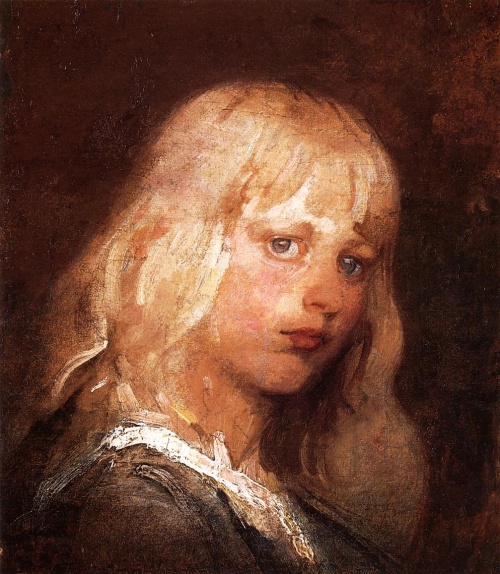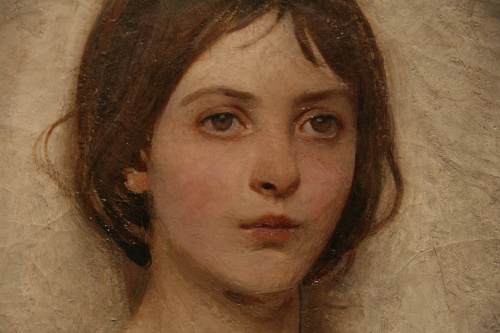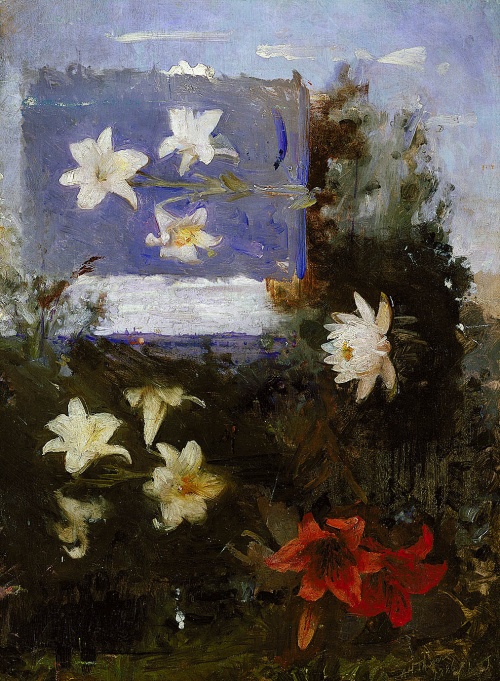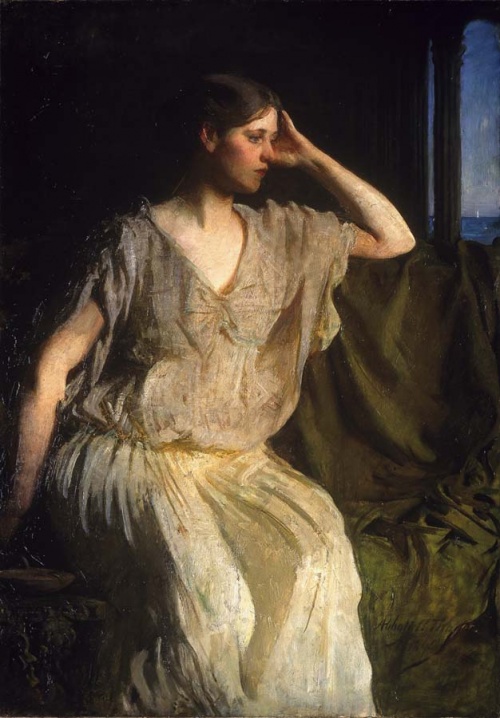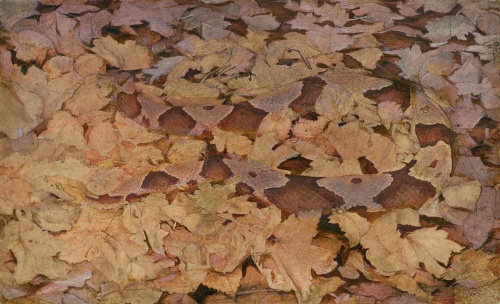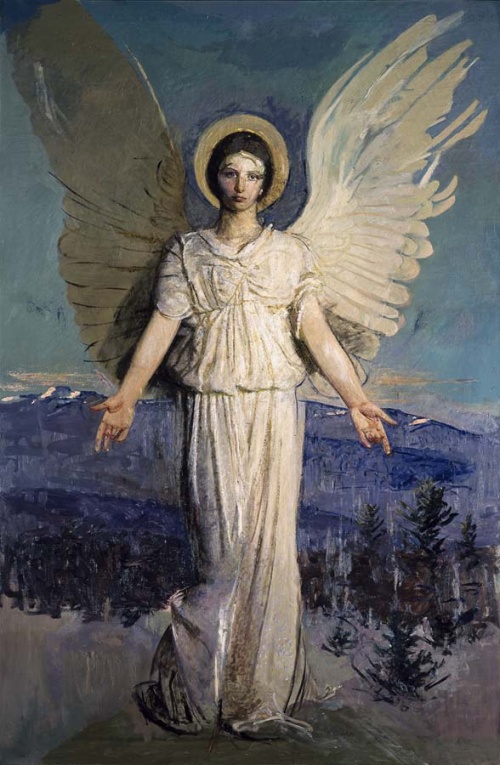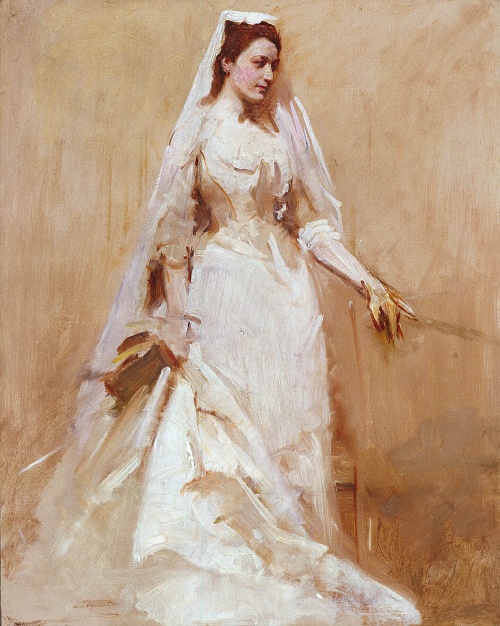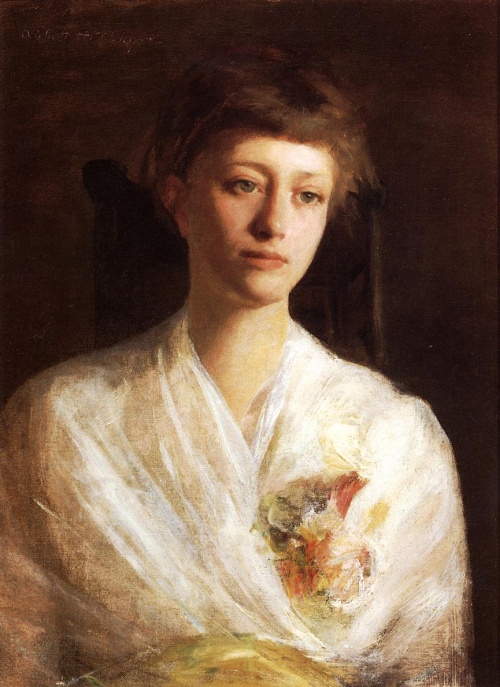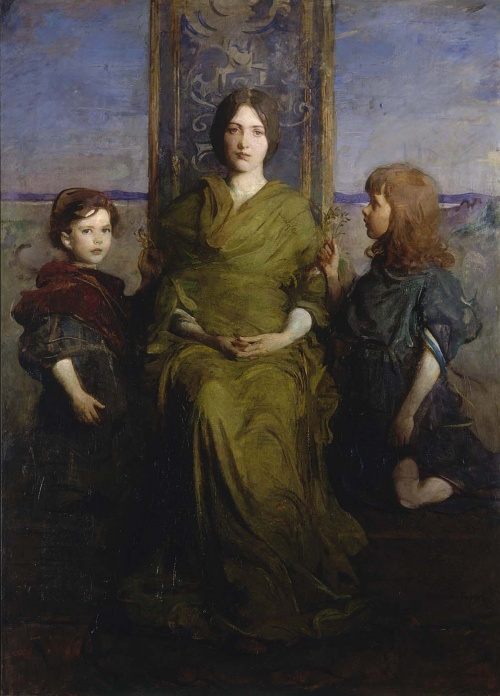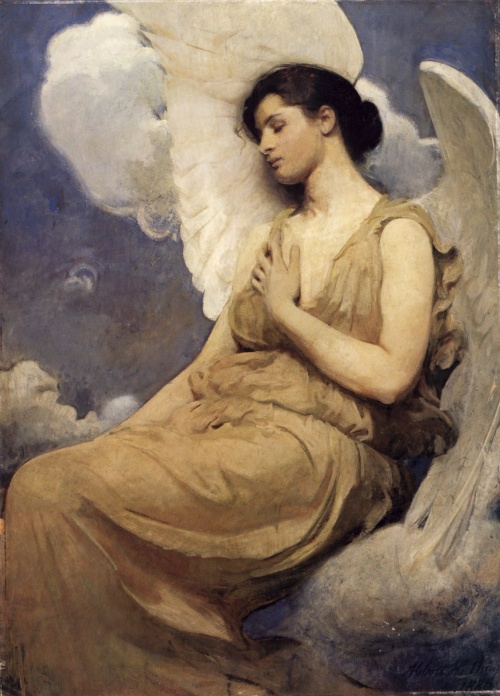American artist Abbott Handerson Thayer (1849 –1921) (100 works)
Abbott Henderson Thayer was born in Boston (USA) on August 12, 1849.
After graduation, Thayer came to New York, where he studied at the Brooklyn School of Art and then at the National Academy of Design. In 1875, he went to Paris and entered the School of Fine Arts, his teachers were Henri Leman and Jerome.
In 1879, Thayer returned to his homeland; lives and works in New York. During this period, the artist painted mainly scenes from the life of animals and landscapes in the Barbizon style. Over time, the themes of his work changed and Thayer became a famous portrait painter. Since 1889 he has been a corresponding member of the National Academy of Design, and since 1901 he has been a full member of the Academy. He was also a corresponding member of the Academy of St. Luke in Rome. Thayer has lived in rural New Hampshire since 1901. His wife, Emma Thayer, was also an artist (animal painter).
***
...He gained a reputation as a master of depicting graceful female figures, and either painted them barefoot or excluded their legs from the canvas altogether. Thayer himself wanted to be considered a sentimental artist - perhaps even “glamorous,” although this word had not yet entered the dictionaries... But after 1901, a strange metamorphosis occurred with the painter: he began to lead an almost reclusive lifestyle. It is believed that some mysterious meeting took place in the master’s life, after which he became completely different. He delved into the study of living nature; animals and birds became his models.
Studying the colors of nature, Thayer formulated the theoretical foundations of mimicry, establishing that areas of animals' bodies that are often exposed to light are usually darker, and those hidden from the sun are lighter. This principle is called Thayer's Law in the USA. A set of illustrations confirming Thayer's law could be found in his book, Protective Colors in the Animal Kingdom, which was published in 1909.
And when Thayer was already 60 years old, he made a book for children. Each page was a mysterious picture. Stems and leaves were depicted on a colored plane, and the reader was asked to determine who was hiding behind them. On the back of the page there was a hint: the same piece of space, only the plants were not printed, and the reader saw a fragment of the body of a snake or bird. This children's publication was also viewed with great interest by adults.
The highest military officials paid attention to him. On the basis of Thayer's Law, a system of principles arose... of military camouflage! When the artist realized that each new camouflage suit was created based on the principles set out in the book “Protective Colors...”, he began to demand a monetary reward for almost every such product. But scientists have already begun to create camouflage, starting from his findings. We learned to hide ships, planes, guns and entire airfields from prying eyes. And...the invention was no longer considered completely Thayerian. Military academies introduced courses on the basics of camouflage. Concepts like “shadow-traitor” and “shadow-savior” arose. The production of camouflage paints began.
In 1921, the artist died without ever reconciling with the Pentagon. The experience of the Second World War revealed the enduring value of Abbott Thayer's discoveries; his ideas saved hundreds of thousands of people and formed the basis for the camouflage of hundreds of cities.
